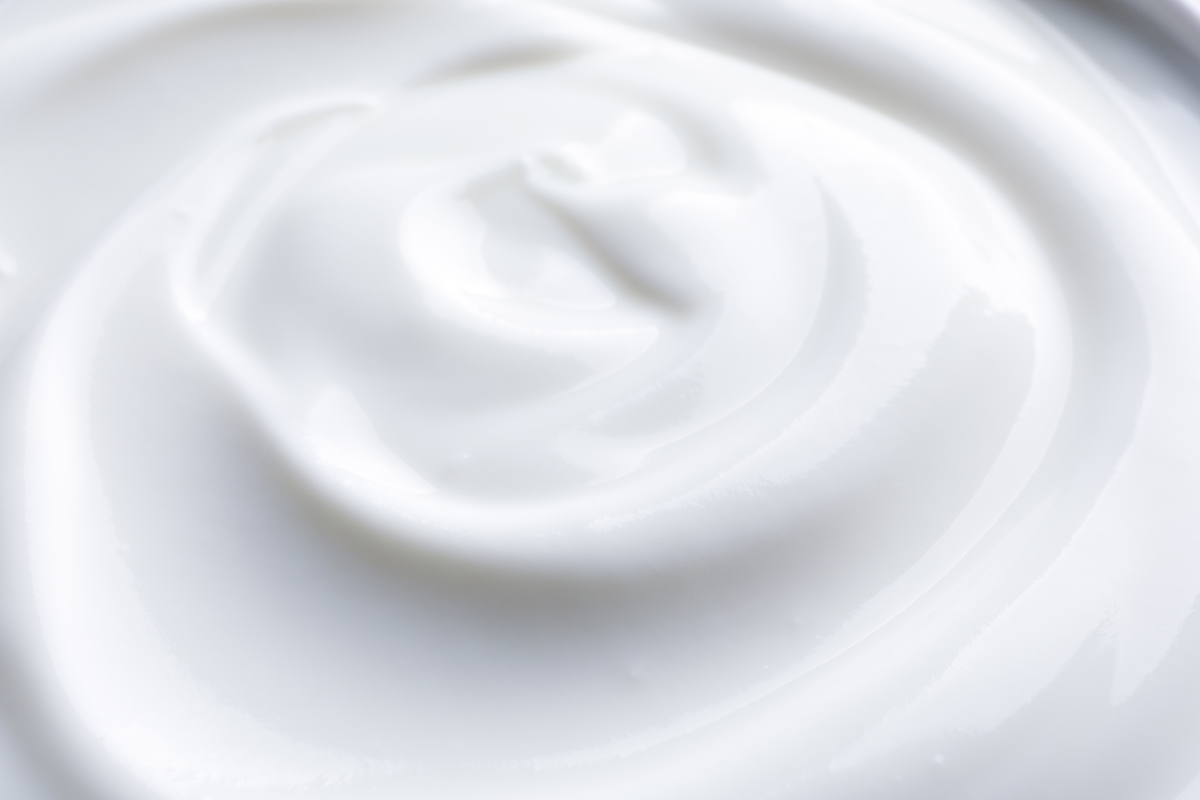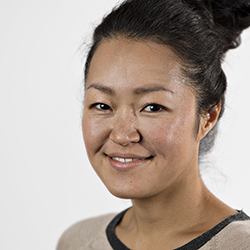
Effect of ultrasound (US) on protein gel systems as affected by thermal and high-pressure processing as pre-treatment
The potential of US to modify structural and functional properties in complex protein food systems has gained more interest in recent years. In particular, US-enhanced gelling properties have been demonstrated in acid milk-protein gel, which is a cornerstone step in the manufacture of dairy products such as yoghurt.
Purpose
We investigated how different milk protein properties induced by heat treatment and high-pressure processing (HPP) will influence the effect of subsequent US treatment on the gelation and gel properties of the resulting acid milk gel.
Main conclusions
-
The impact of US on milk proteins depends on prior milk processing.
-
Milk pressurization level significantly influences US effect on the acidification rate and textural properties of the milk gels.
Methodology
-
Reconstituted skim milk was thermally processed at 85°C for 20 min or HPP treated at 400 or 600 MPa for 15 min, with or without subsequent US treatment at 68 kHz, 500 W for 15 min at 30°C. In addition, untreated milk with and without sonication were considered. All samples were acidified with glucono-δ-lactone at 30°C until pH ≤ 4.6 to form the milk gel. The untreated and treated milk samples were assessed as follow:
Milk characterisation
-
Particle size distribution
-
Zeta potential
-
Surface hydrophobicity
-
Concentration of reactive and total sulfhydryl groups
-
Gel electrophoretic analysis
Milk gel characterization
-
Rheological properties
-
Textural properties
-
Microstructure by Transmission Electron Microscopy
Characterization of acidification process
-
Change in pH and total gelation time (until pH ≤ 4.6)
Results
This was examined:
The untreated and treated milk samples and the resulting milk gel were examined according to the following six parameters:
US effect on milk proteins
-
When the milk was either untreated or treated by heat, US increased the surface hydrophobicity and the level of sulfhydryl groups, while the opposite was observed when the milk was HPP treated.
-
US reversed the effect of HPP to increase the serum phase α casein.
US effect on acidification
-
US generally decreased the total gelation time but not when combined with HPP 600 MPa.
-
The shortest gelation time was achieved when combining HPP 400 MPa and US treatment.
US effect on acid milk gel
-
US made the milk gel weaker (↓ compression force) when combined with HPP 400 MPa.
-
Pretreatment regardless with heat and HPP made the milk gel more brittle (↓ % residual force) especially when US is combined with HPP 600 MPa.
| Title | Author(s) | Year | |
|---|---|---|---|
| Gelation and network structure of acidified milk gel investigated at different length scales with and without addition of iota-carrageenan | Sone, Izumi; Hosoi, Moe; Geonzon, Lester C.; Jung, Hwabin; Descallar, Faith Bernadette; Bingjie, Hue; Matsukawaab, Shingo | 2022 | Go to publication |
